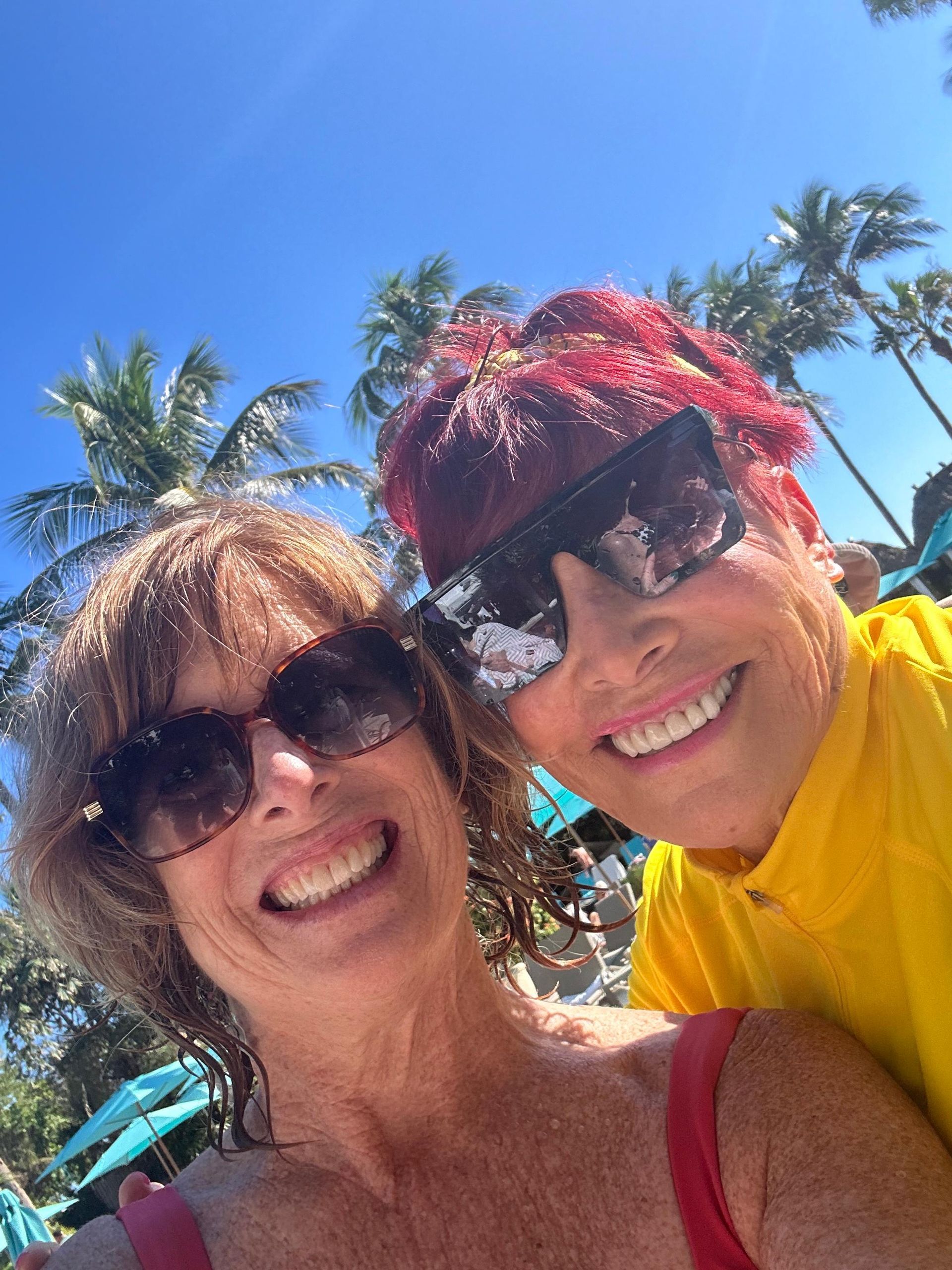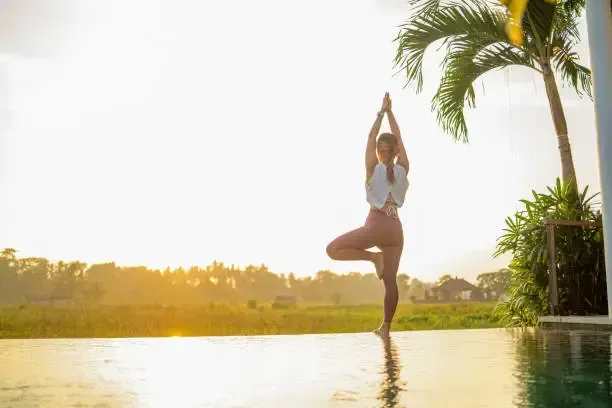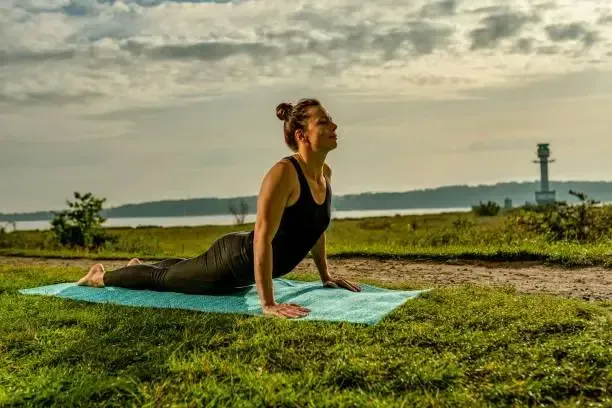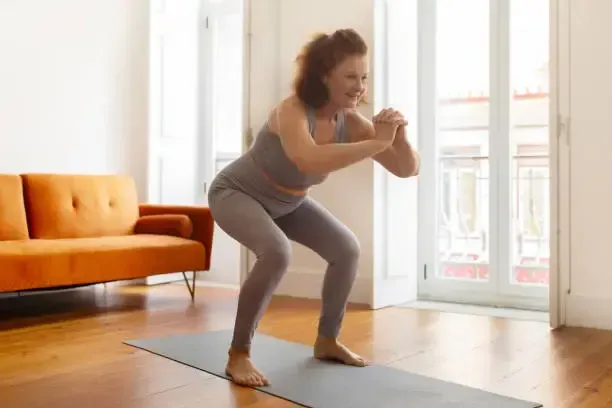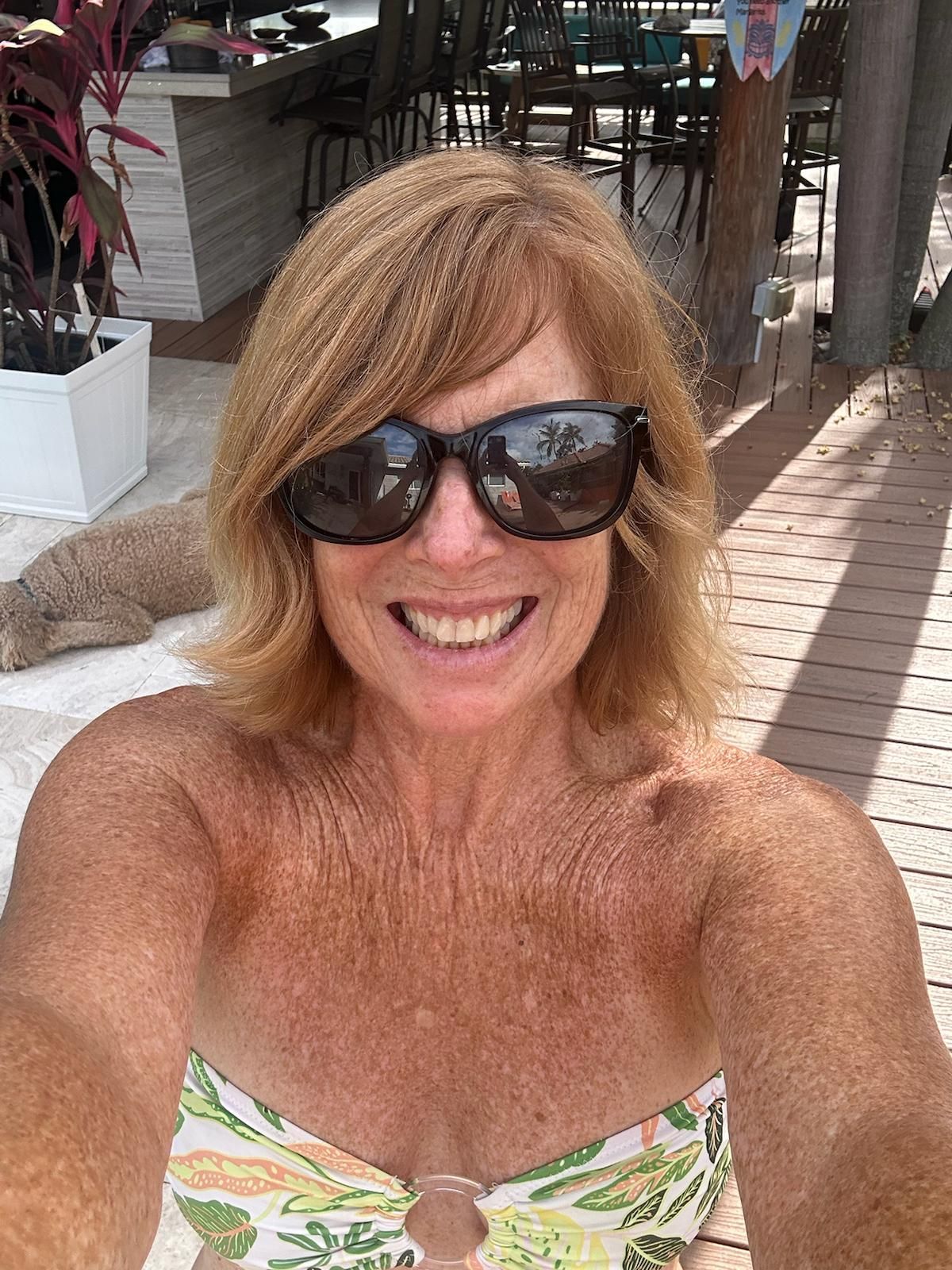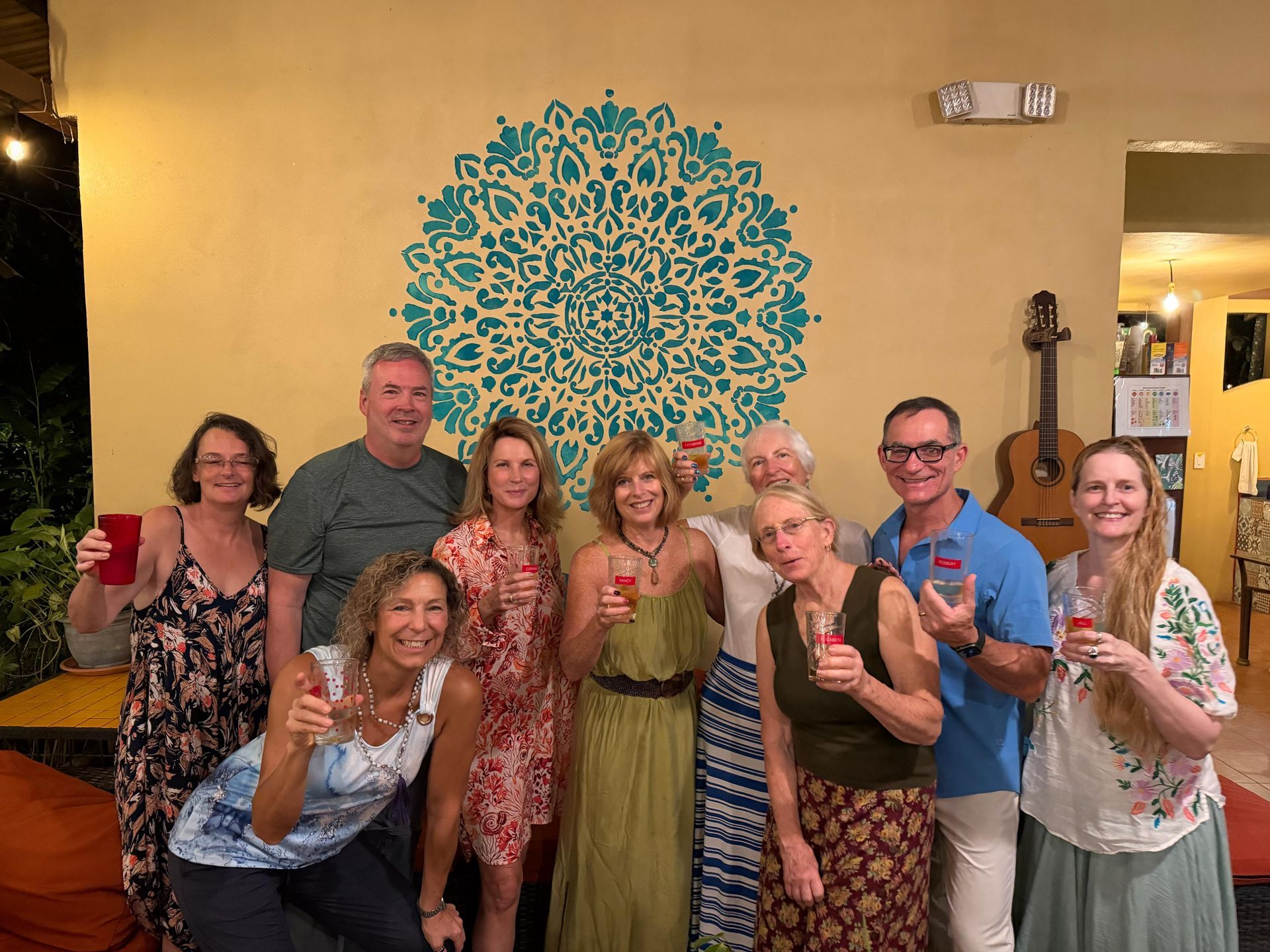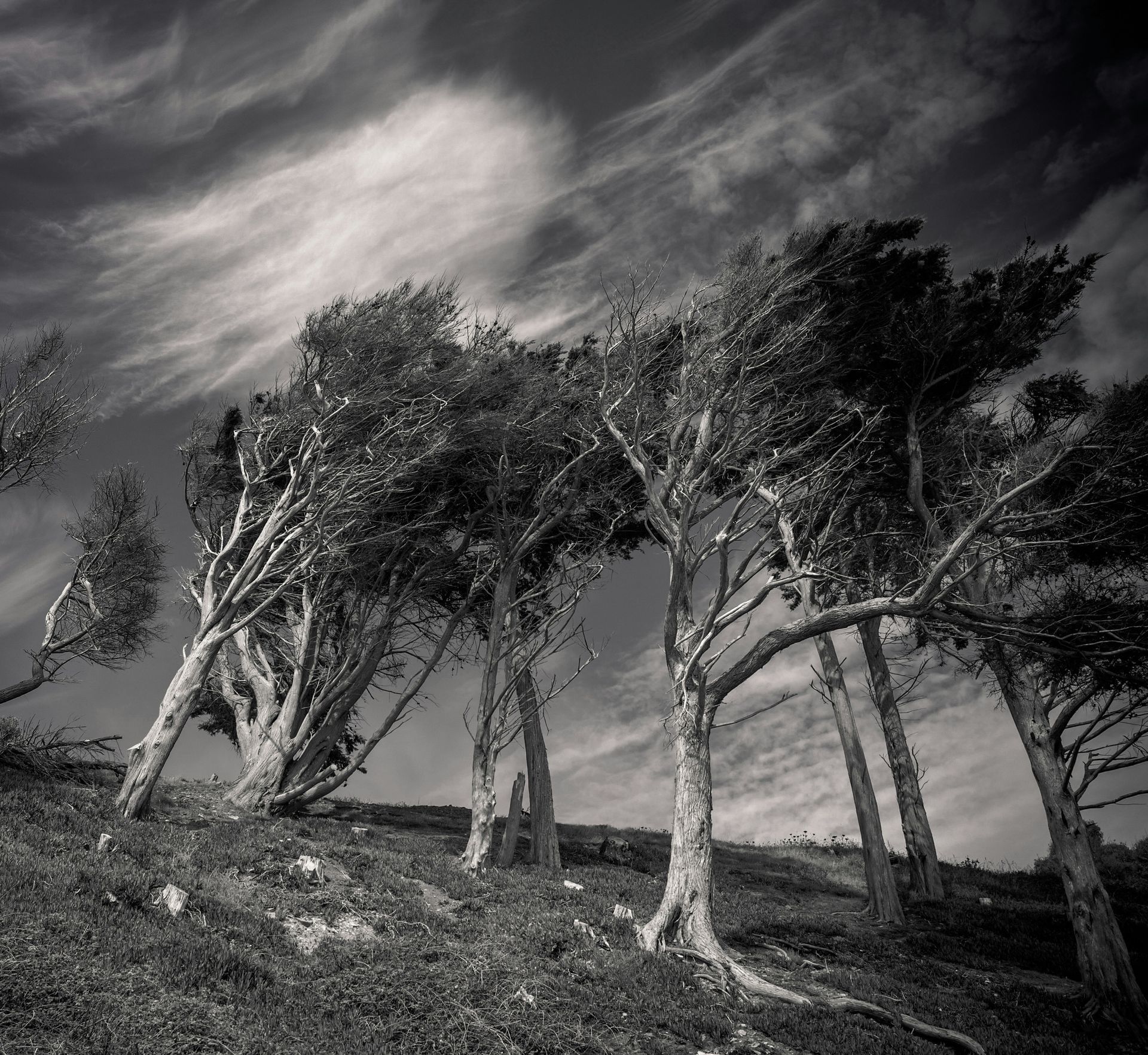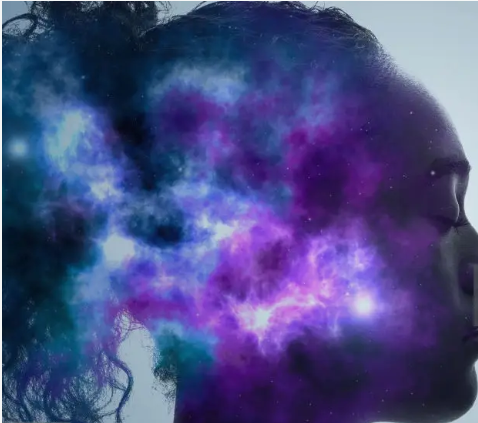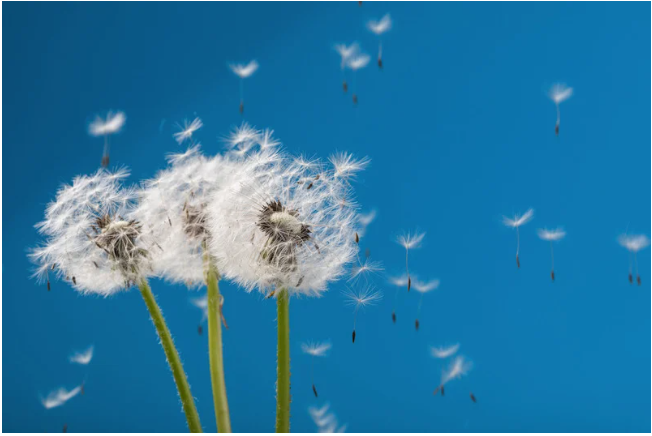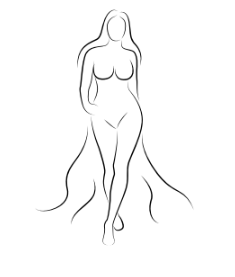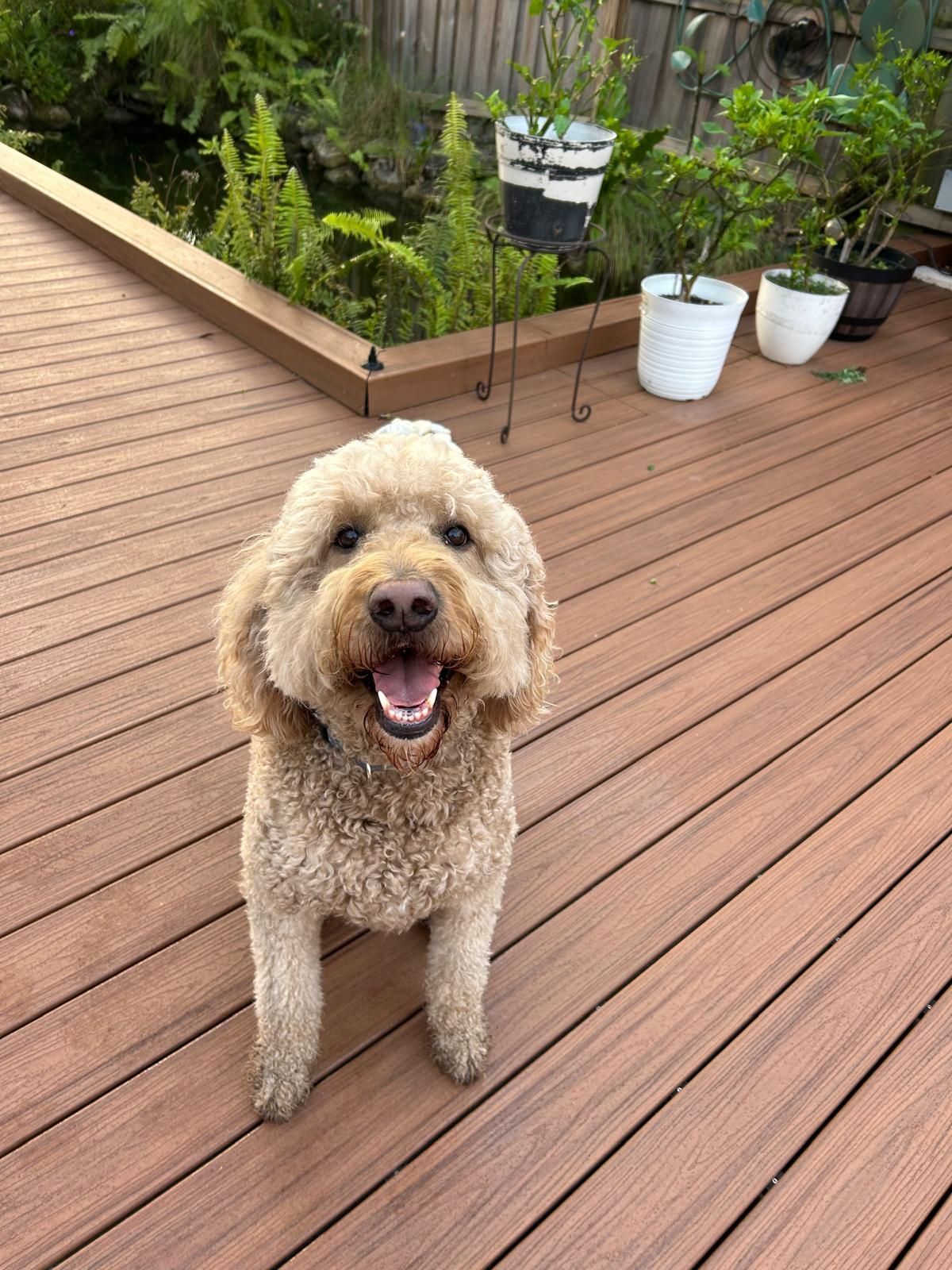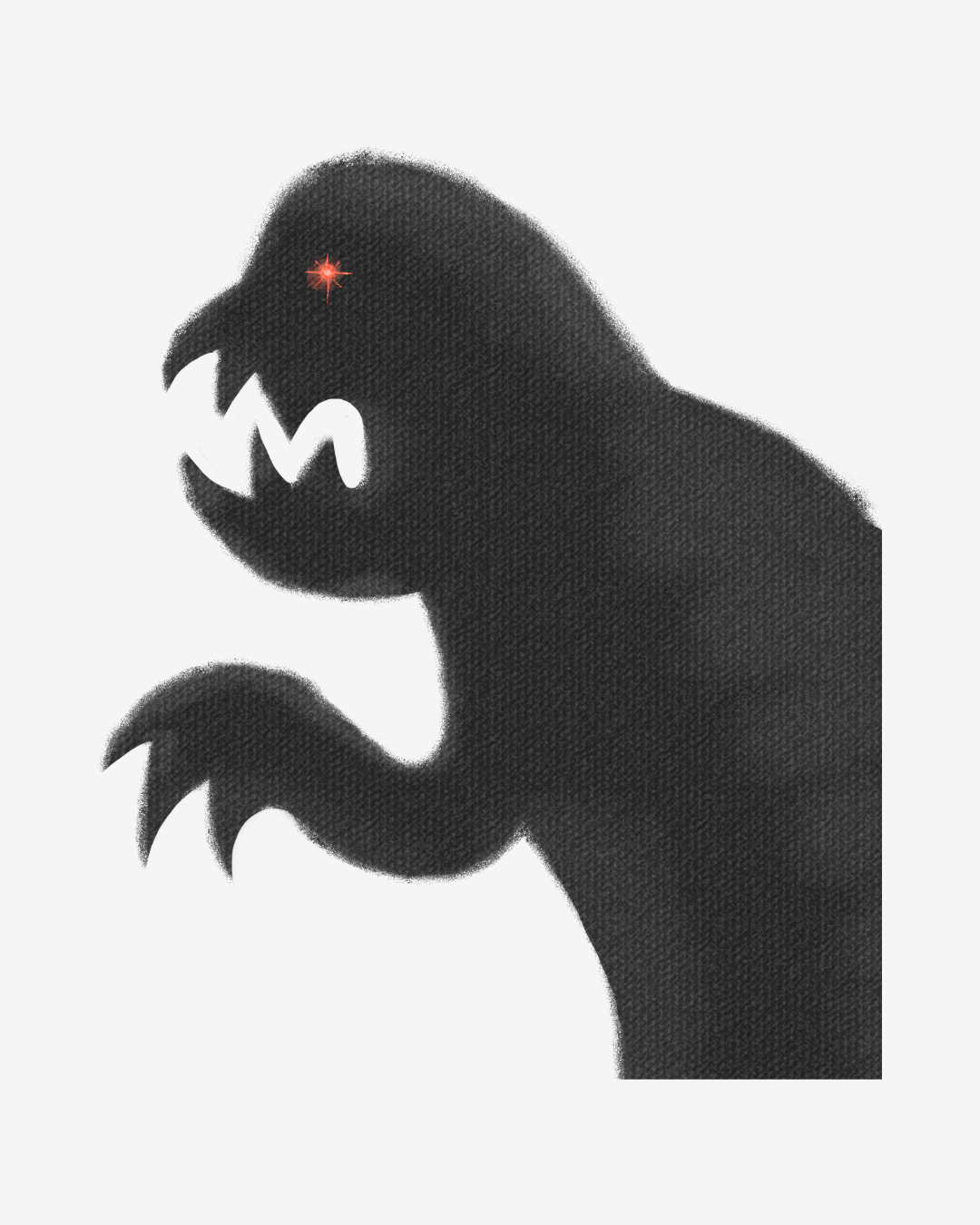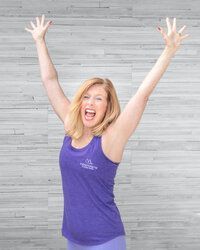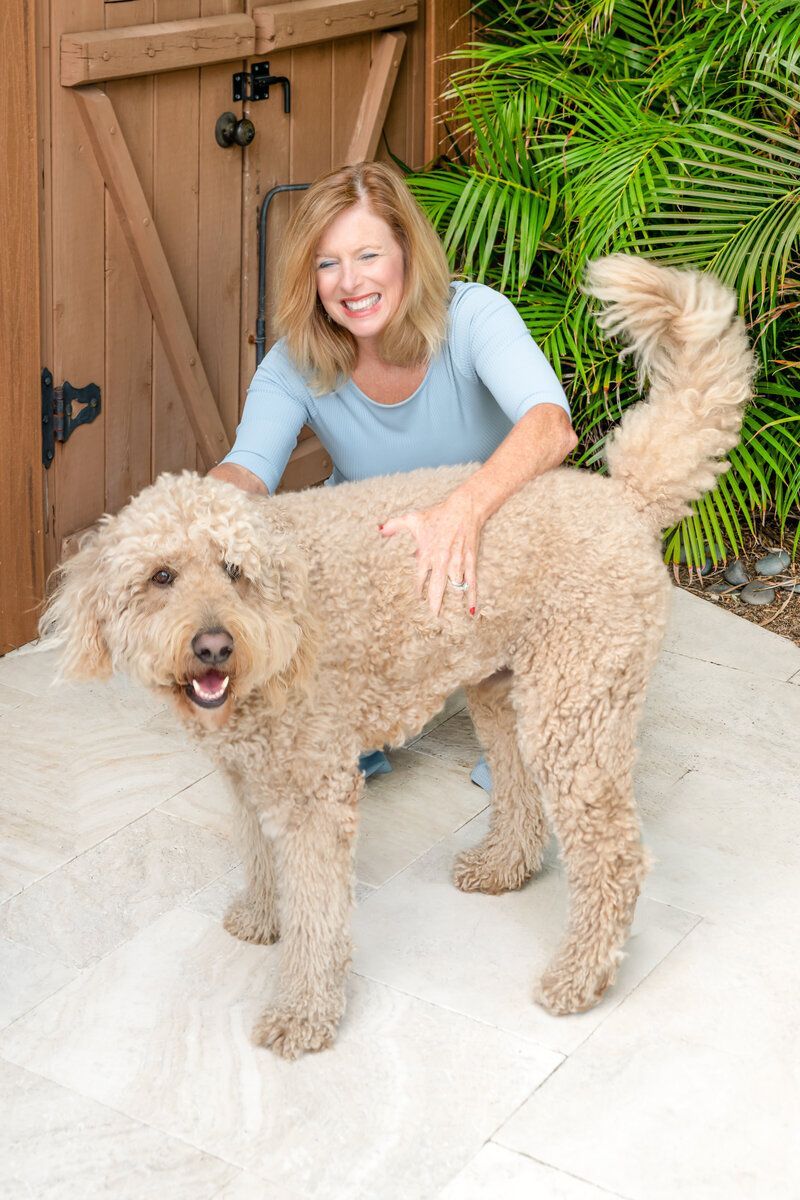Last week, after one of my aqua fitness classes, one of my regular clients—Katie—lingered behind as everyone else grabbed their towels. She had a big smile and a glimmer of pride in her eyes.
“Thank you,” she said. “Because of your classes, I finally tried something I didn’t think I could do: a land workout. And not just any class—a Tabata session. And you know what? I crushed it!”
She went on to explain that before class even started, the land instructor asked about her fitness background. When Katie mentioned she was consistent with “aqua aerobics,” the instructor smiled and gently warned her: “This class can be intense. Try to keep up, but don’t push too hard.”
Katie had walked into that studio expecting to be humbled. Instead, she discovered how much her consistent work in the pool had prepared her. In my classes, we don’t just move for the sake of moving—we weave in balance, flexibility, strength, and cardio/endurance every single session. Sometimes that includes bursts of Tabata-style intervals, even in the water.
Katie didn’t just keep up in that land class. She thrived.She walked out taller, more confident, and with a realization that stuck with her: movement builds more than fitness. It builds freedom.

